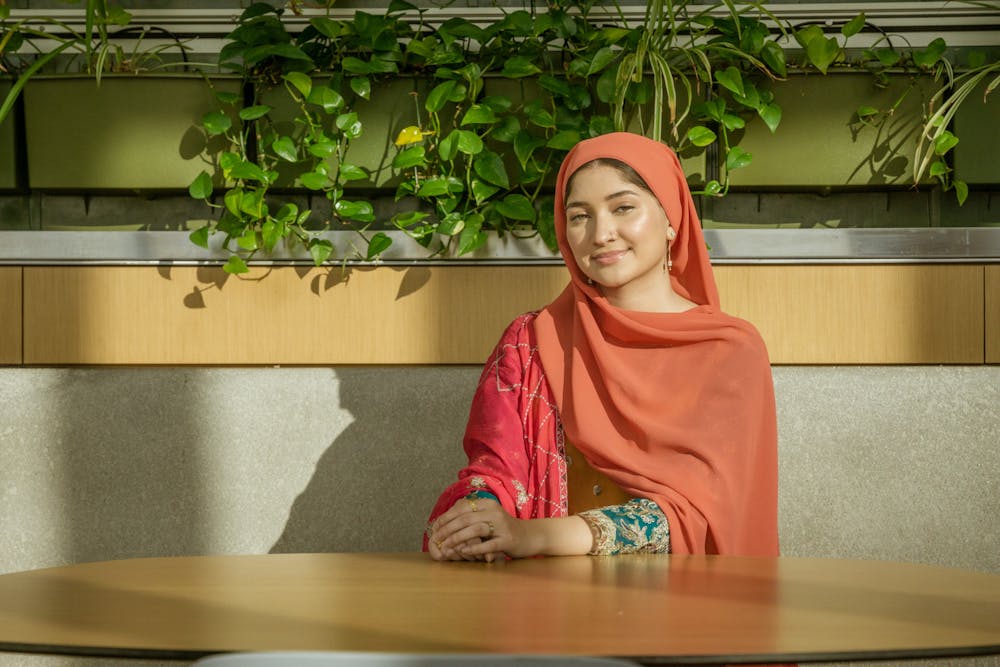Henna Night: Celebration of art, culture takes place at CMU
Henna is both the dye and the art style used to stain hands, faces and hair for a short time. The henna plant has origins in Asia and Africa, although it has been used widely.
Henna Night's third annual celebration is tonight at 7 p.m. in the Bovee University Center Rotunda.
Attendees can get henna designs and learn about henna in the context of Indian, South Asian and Middle East culture.
Shreya Abraham and Mahum Hakim are hosting Henna Night this year.
Abraham is an Asian Student Mentor at Central Michigan University’s Multicultural Academic Student Services office (MASS). Hakim is an Arab American Student Mentor through the same community.
“We do all the prior planning and ordering everything, we were up until midnight (working on it),” Hakim said.
The events in Asian Pacific American Heritage Month had focused on East Asian culture, and Hakim said she wanted to remind people that South Asians and Indians are Asian too.
“Being South Asian, me and Shreya really wanted to share our culture, our heritage as well," she said.
Henna represented a huge part of their culture, Hakim said.
“They’re used for weddings; they’re used for fun,” Hakim said. “Henna is a huge part of South Asian culture and that’s used for a wide variety of events. It stems from being a medicinal property, and that has evolved over the past hundreds if not thousands of years."
For henna art on skin, she said she mixes henna paste, lemon juice and water to make a thicker paste that is then drawn onto the skin through cones. The longer the henna stays on, the darker the stain is when the paste flakes off.
Hakim said that the event will have a henna artist to come and do art on people for about an hour.







